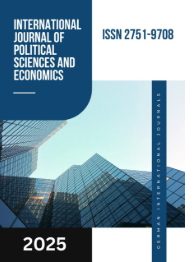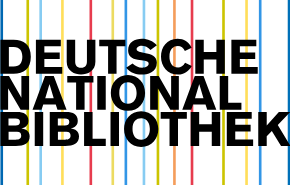METHODS FOR IMPROVING SOIL BIOLOGICAL PROPERTIES
DOI:
https://doi.org/10.55640/Keywords:
soil fertility, biological properties, microorganisms, organic matter, minimal tillage, crop rotation, compost, bio-fertilizers, soil degradation, bio-stimulants, soil biomass, phytoremediation, agroecology.Abstract
This extended article deeply analyzes the importance and modern methods of improving soil biological properties. It comprehensively covers aspects such as the complex role of microorganisms in enhancing soil fertility, the biochemical cycling of organic matter, the ecological benefits of minimal tillage, and the agronomic effectiveness of crop rotation. The article also includes information on new approaches, including bio-stimulants and soil biomass monitoring.
References
1.Azizov B.M., Kadirov E.Q. (2018). Dehqonchilik tizimlari va agronomik tuproqshunoslik asoslari. Toshkent: Fan va texnologiya.
2.Bekmirzayev E.D. (2020). Tuproqshunoslik va agronomiya asoslari. Toshkent: Innovatsiya nashriyoti.
3.Jumayev Z. (2019). Tuproq unumdorligini oshirishning biologik usullari. Qishloq xo'jaligi jurnali, №3, 45-50.
4.Odilov Sh. (2021). Agroekologiya va tuproqni muhofaza qilish. Samarqand: Samarqand Davlat Universiteti nashriyoti.
5.Brady, N.C., & Weil, R.R. (2017). The Nature and Properties of Soils. Pearson.
6.Doran, J.W., & Zeiss, M.R. (2000). Soil health and sustainability: Managing the living component of soil. Applied Soil Ecology, 15(1), 3-11.
7.Hillel, D. (2000). Salinity Management in Agriculture. Springer.
8.Smith, J.L., & Doran, J.W. (2009). Measurement and management of soil quality. Advances in Agronomy, 68, 1-47.
9.Sylvia, D.M., Fuhrmann, J.J., Hartel, P.G., & Zuberer, D.A. (2005). Principles and Applications of Soil Microbiology. Prentice Hall.
10.Tate, R.L. (2000). Soil Microbiology. John Wiley & Sons.
Downloads
Published
Issue
Section
License

This work is licensed under a Creative Commons Attribution 4.0 International License.
Authors retain the copyright of their manuscripts, and all Open Access articles are disseminated under the terms of the Creative Commons Attribution License 4.0 (CC-BY), which licenses unrestricted use, distribution, and reproduction in any medium, provided that the original work is appropriately cited. The use of general descriptive names, trade names, trademarks, and so forth in this publication, even if not specifically identified, does not imply that these names are not protected by the relevant laws and regulations.







